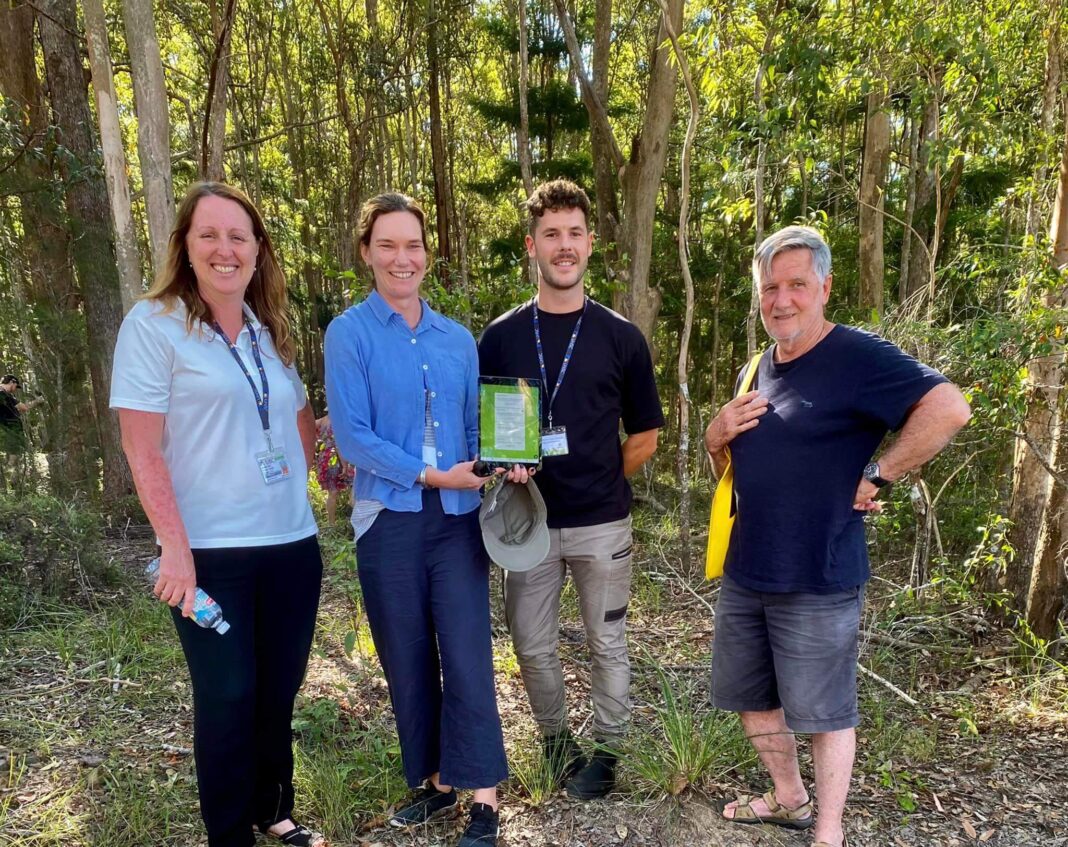Forestry is amongst the industries most impacted by the push towards Artificial Intelligence (AI) and Automation.
Now, AI is used to predict Australian bushfires and minimise their devastating effects.
‘NOBURN’, short for the National Bush Fire Resilience Network, is an app developed by researchers from USC and the Australian Institute for Machine Learning at the University of Adelaide.
It can predict danger using nothing more than a smartphone.
The data and images recorded through the app help researchers understand the structure, quantity, density, and dryness of forest fuels.
With the help of AI, it can better predict the likelihood, severity, and extent of potential fires.
Dr Sam Van Holsbeek, USC Research Fellow, urges Australians to download the app before the upcoming bushfire season.
“We want the community to go out into the forest and collect evidence to monitor forest fuel in our forested locations,” he told Sky News Australia.
The information is used as a hazard rating for the different forests and fuels to determine if better predictions of bushfires can occur.
Using AI, hazards and risks can be identified, and risks can be managed.
According to Professor Javen Shi, Director of Advanced Reasoning and Learning at AIML and the AI lead for the project, “We don’t need experts to go to all the forests, as long as we have users that can take pictures,” he told 7 News Queensland.
The heat maps will be publicly available to use in fire management.
As Australia prepares for another menacing bushfire season, Dr Van Holsbeek said being prepared is critical.
“The app encourages people out and about in their local forests to take photos and tell us more about the forest and fuels,” Dr Van Holsbeek said.
“So we want people to go into the forest, snap a pic and help predict.”
USC awarded an Australian Government Citizen Science Grant in 2021
Dr Van Holsbeek supported the Deputy Director of USC’s Forest Research Institute, Professor Mark Brown and the Director of USC’s Centre for Human Factors and Sociotechnical Systems, Professor Paul Salmon.
In 2021, the University of Sunshine Coast was awarded an Australian Government Citizen Science Grant of almost $500,000 to design and implement the app.
The project culminates two years of research through an alliance of world-renowned researchers in artificial intelligence, forestry, human factors and science communication at USC and the University of Adelaide’s Australian Institute for Machine Learning.
The project was delivered in partnership with Noosa Shire Council and funded through the Federal Department of Industry, Science and Resources.
NOBURN uses world-leading computer vision and machine learning
Professor Javen Qinfeng Shi said the AI developed for NOBURN is cutting-edge.
“We are developing AI models to spot potential bushfire hazards and assess bushfire fuel load from the images captured by the NOBURN app,” he said.
The algorithms behind these AI models are based on AIML’s world-leading computer vision and machine learning expertise,” Professor Shi said.
The project was initiated in response to the 2019/20 Bushfires
NOBURN was developed in the wake of the 2019-20 bushfires that burned over 10 million hectares of forest, destroyed 2000 homes and claimed dozens of lives.
Professor Brown said the data gathered would be matched with satellite imagery and then used to train AI systems to predict potential bushfires’ probability, severity and burn area.
“While naturally occurring bushfires cannot be avoided, there is an opportunity with this project to predict their likelihood and implement strategies to minimise their impact on the environment, property and life,” he said.
“A range of factors determine the intensity and speed of fires, including fuel load, moisture, ignition source and wind. However, the current methods to predict fire events and risk are complex and not easily accessible for residents in bushfire-prone areas.”

Knowledge to be shared with key stakeholders in fire mitigation
Professor Salmon said the NOBURN project would result in new knowledge, which would be shared with key stakeholders, including fire authorities, forest professionals, landowners, key government representatives, and most importantly, residents living in fire-prone areas.
“Before a fire, the outputs can indicate high-risk bushfire areas and support community preparation for disaster resilience,” he said.
“Once there is an ignition, the AI model can quickly and more accurately predict the direction, extent, severity and boundary of the fire, allowing targeted and strategic interventions.
“This vital information can be used to inform forest management crews ahead of possible fires about the potential fire damage, severity, and affected areas.”

Professor Salmon said the NOBURN app project would be a highly innovative collaboration between human factors, forestry, intelligence, and machine learning experts.
“The outputs of the program will enhance Australia’s resilience to bushfires as well as make a number of significant contributions to the academic community working in the area of disaster preparedness and response.”






